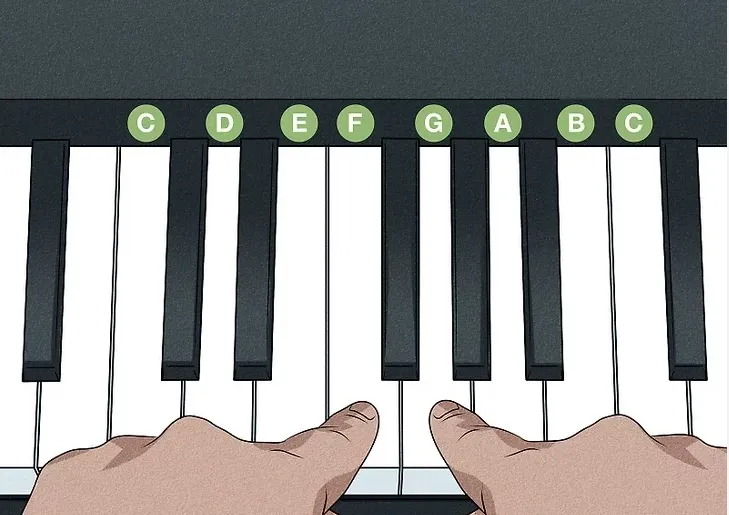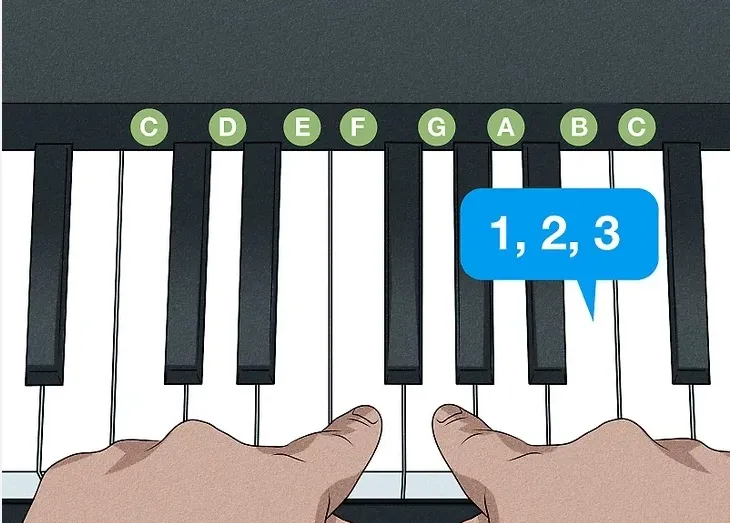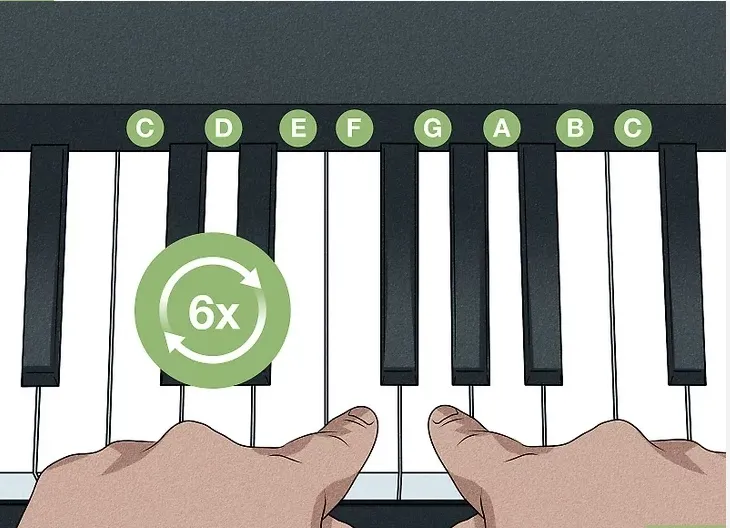Learning Piano
An Introductory Guide to Performing “Chopsticks” on the Piano
An Introductory Guide to Performing “Chopsticks” on the Piano
“Chopsticks” is an iconic melody on the piano that is both simple to learn and enjoyable to perform. You don’t need a background in classical piano to play this catchy tune proficiently. This guide will cover the basics of playing “Chopsticks,” including hand positioning and note progression, ensuring you can play it confidently. We’ll also introduce some creative variations to enhance your performance.
Identifying Piano Notes
Beginners may find it helpful to label the piano keys to easily identify notes. Applying small stickers labeled with note names (A, B, C, D, E, F, G) to the corresponding white keys can be a useful learning tool. Ensure these stickers are placed on the key ends facing you to avoid damage to your instrument. Since “Chopsticks” only uses white keys, there’s no need to label the black keys.
Obtaining Sheet Music for “Chopsticks” 
For those familiar with reading sheet music, having a printed copy of “Chopsticks” can be beneficial. If you’re new to sheet music, simply noting down the letters of the notes in sequence can serve as a handy reference.
Finger Placement for “Chopsticks” 
The song traditionally is played using your index fingers, placed on the center F and G keys, mimicking a chopping motion—hence the song’s name. However, you can also adopt the original method suggested by composer Euphemia Allen, using your pinkies instead.
Timing and Rhythm 
“Chopsticks” is set in a 3/4 time signature, typical of a waltz. Practicing the timing can be done by counting 1, 2, 3 repeatedly, with each count evenly spaced. A metronome can also be a valuable tool to maintain consistent timing, with a recommended setting of 80 bpm for beginners.
Playing the Tune
The song starts with playing F and G together six times, followed by E and G, then D and B, each combination also played six times. The seventh measure introduces playing C keys an octave apart three times, followed by a sequence of C, D, E with the left hand and C, B, A with the right. The piece then repeats certain measures before concluding with a distinctive ending.
Conclusion
By following this guide, you’ll learn not just the notes and rhythms to play “Chopsticks,” but also develop an understanding of basic piano techniques and timing. Don’t forget to experiment with the song once you’re comfortable, adding personal touches to make your performance unique.

